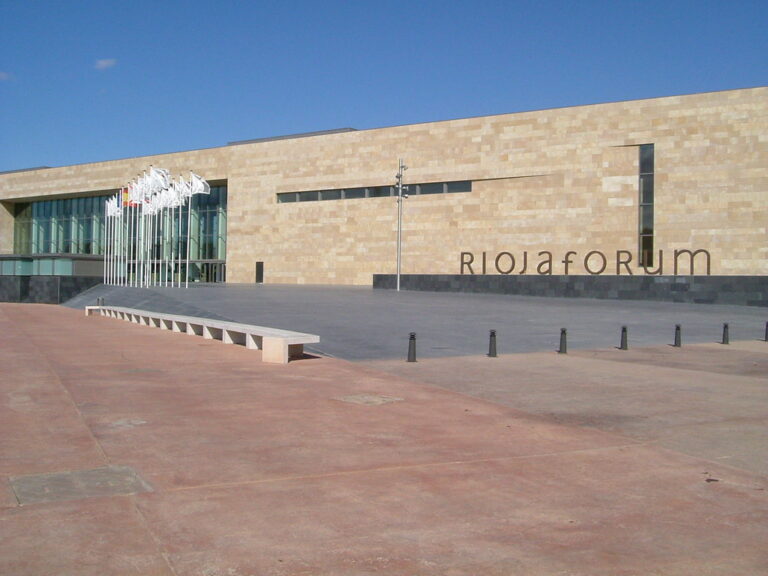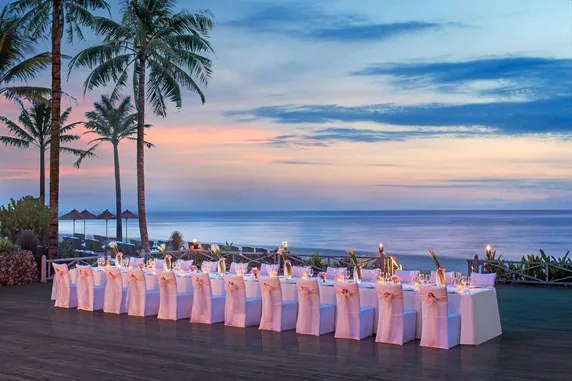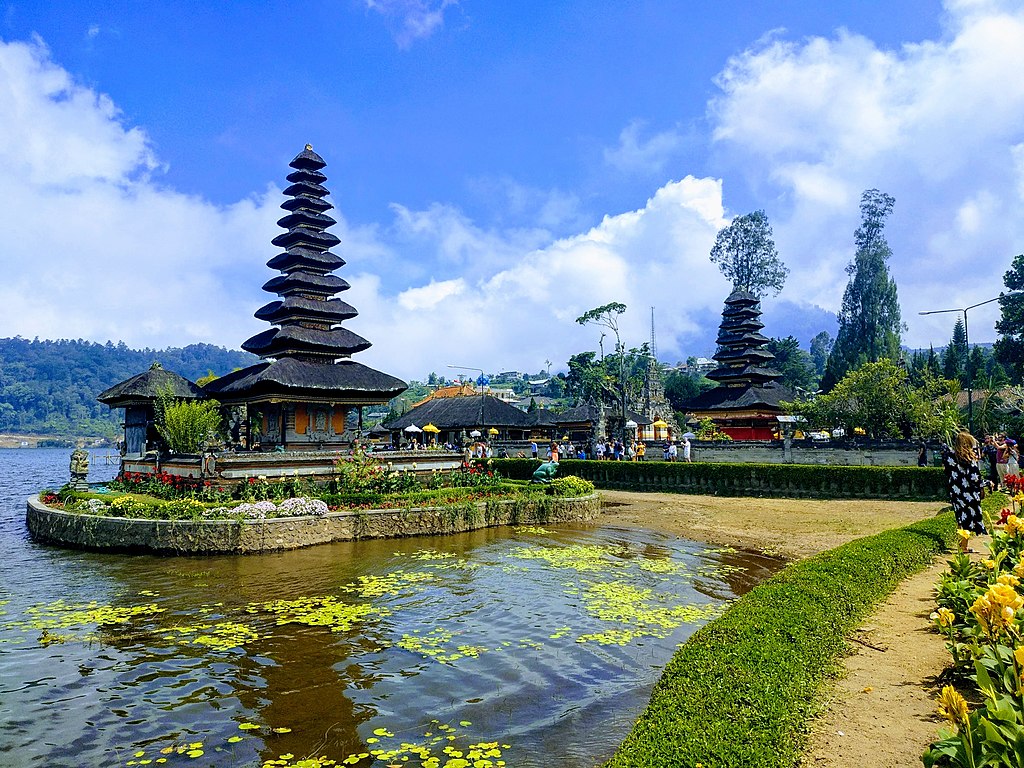
Top MICE Destinations for 2026: Nine Emerging European Winners (and Why)
Where planners are heading for authentic, high-impact meetings and incentives.
The 2026 lens: what’s really driving the next wave
The MICE map for 2026 isn’t just shifting—it’s being rewired. Planners are moving beyond the “big city, big box” default and building portfolio-style programmes: smaller places with stronger stories, closer community ties and surprisingly capable infrastructure.
Several forces are converging. Seasonal and regional air routes are rebalancing access and opening up shoulder-season options. Culture-year designations and venue (re)openings give events firm anchors in the calendar. Carbon-aware planning has matured—fewer hops, longer dwell, smarter hybrid formats. And the quiet luxury of incentives now favours craftsmanship, nature, food provenance and local custodianship over spectacle.
Most importantly, the destination itself shapes behaviour. The right setting lowers guardrails, opens minds and encourages delegates to talk to each other—properly. Technology (including AI) amplifies that effect when it’s invisible: tools that help people listen better, capture ideas faster and keep conversations going after the closing session. The nine destinations below are operationally credible, narratively rich and right-sized for leadership summits, incentive buy-outs and mid-scale congresses. If you need help lining up the right spaces, The DMC Collective acts as your destination management company, handling venue sourcing and on-the-ground delivery through our own in-house local teams.
1) Oulu, Finland — Capital of Culture firepower
Why 2026: European Capital of Culture status, with an Opening Festival on 16–18 January and a year-long programme—ideal tailwinds for meetings and incentives.
Access: Reliable Helsinki–Oulu shuttles; seasonal European links boost long-haul connectivity.
Hero venue: Oulu Hall (Ouluhalli) with multi-thousand capacity and ~12,000 m² of flexible space.
Best for: Innovation summits, winter incentives and culture-plus agendas.
Sustainability cue: Rail-plus-flight access and a strong clean-energy baseline support low-carbon winter programmes.
Engagement cue: Culture-tech labs and light-touch real-time translation reduce barriers so quieter voices contribute; AI helps capture ideas into a post-event playbook.
2) Bodø, Norway — Arctic momentum, realistic access
Why 2026: Post–Capital of Culture buzz meets north-of-the-Arctic-Circle landscapes and polished cultural infrastructure.
Reality check: The new Bodø Airport arrives later in the decade; for 2026, use the current airport.
Hero venue: Stormen Concert Hall with a ~900-seat main hall plus flexible rooms—excellent acoustics and production.
Best for: Focused conferences and incentives that lean into nature and high-quality production.
Sustainability cue: Right-sized venues and robust hybrid capabilities help reduce travel while keeping plenary impact.
Engagement cue: Multilingual Q&A walls and small-group salons turn spectators into contributors; concise AI summaries keep discussions moving between sessions.
3) Faroe Islands — small nation, big story
Why 2026: Summer non-stops into Vágar sit alongside strong Copenhagen links—game-changing for UK groups.
Venues: The Nordic House in Tórshavn is the flagship for plenaries, with city hotels handling mid-scale breakouts.
Purpose-led add-on: “Closed for Maintenance” voluntourism for genuine ESG teambuilding.
Best for: Incentive groups under 80 seeking raw scenery and a story you can feel.
Sustainability cue: Volunteer give-back options and small-footprint group sizes align experience with stewardship.
Engagement cue: Crowd-authored sustainability maps and shared field notes prompt deeper conversations and a sense of collective achievement.
4) Alta Badia, Italy — Dolomites gourmet high ground
Why 2026: The Milano–Cortina halo plus luxury hotel momentum and consistent Michelin-level dining.
Experiences: Ski-to-table “gourmet safaris”, alpine wellness and glorious summer hiking with lift access.
Best for: Leadership incentives that blend gastronomy, design and mountain energy.
Sustainability cue: Alpine mobility (lifts, e-bikes, walkable villages) supports car-light itineraries.
Engagement cue: Delegates co-curate a gourmet route; lightweight AI note-taking turns tastings into a team-owned playbook of ideas and relationships.
5) La Rioja, Spain — conferences meet the vine
Why 2026: Riojaforum in Logroño pairs a 1,223-seat auditorium with 5,000+ m² of exhibition space; in-house catering scales to 1,200-guest banquets.
Add-ons: Private bodega takeovers, harvest-season team builds and serious food-and-wine pairing.
Best for: Conferences that want substance by day and sensory discovery by night.
Sustainability cue: Rail-first access via Madrid/Zaragoza and compact city logistics keep transfers light.
Engagement cue: Co-designed tasting labs encourage delegates to debate, compare and vote; AI collates insights and connections for follow-up working groups.
6) Moselle Valley, Germany — Roman roots, modern rooms
Why 2026: The Koblenz–Trier axis makes a tidy two-city base. Rhein-Mosel-Halle (Koblenz) supports formats up to ~1,400; Trier adds academic and legal congress capacity.
Signature socials: River-cruise galas, castle terraces for tastings and UNESCO Roman heritage.
Best for: Mid-size conferences that value culture and calm.
Sustainability cue: Rail- and river-first movement plus heritage-sensitive programming favour slower, deeper experiences.
Engagement cue: Choose-your-own evening across twin-city venues; live polling routes groups by interest, then compiles a shared story reel to keep conversations alive.
7) Matera, Italy — culture reimagined
Why 2026: Post-Capital of Culture momentum continues with luxe openings and a rich 2026 cultural calendar across Basilicata.
Venues: Atmospheric Sassi cave hotels and nearby resorts deliver cinematic settings for retreats.
Best for: Boutique meetings, creative think-tanks and Puglia add-ons.
Sustainability cue: Heritage areas encourage smaller groups, timed access and local custodianship.
Engagement cue: Delegates unlock AR layers by interviewing local custodians; co-created narratives spark empathetic discussion and genuine connection.
8) Vis Island, Croatia — Adriatic authenticity
Why 2026: A cinematic, low-key island made for small-format buy-outs—think Fort George and private estates.
Access tip: Fly to Split (SPU) and use catamarans; shoulder seasons deliver capacity and value.
Best for: C-suite off-sites and creative leadership gatherings that need privacy.
Sustainability cue: Shoulder-season timing and compact group sizes protect local rhythm and resources.
Engagement cue: Maker sessions in private estates lead to a shared leadership charter; AI produces a succinct highlights reel for post-retreat accountability.
9) Liechtenstein — precision and privacy
Why 2026: A micro-state with macro quality: museums, the historic Old Cinema and BOJA19 for culinary-driven experiences, plus modern hotels and effortless cross-border logistics.
Programme idea: A tri-country incentive—Switzerland, Liechtenstein and Austria—in 72 hours.
Best for: Exclusive board retreats and strategy sessions.
Sustainability cue: Short transfers from Zurich by rail/coach and walkable Vaduz reduce on-ground emissions.
Engagement cue: Museum-based “ideas hunts”; opt-in matchmaking forms triads who pitch three-minute solutions in a closing huddle.
Planner tools
Quick-scan grid for access, scale and engagement-readiness—use alongside your RFP checklist and lean on your destination management company for local feasibility and venue sourcing.
Destination | Anchor capacity (approx.) | Example venue | Ideal group size | Access snapshot |
|---|---|---|---|---|
Oulu | 5,000 | Oulu Hall | 150–1,000 | via HEL; seasonal EU links |
Bodø | ~900 | Stormen Concert Hall | ≤500 | via OSL; new airport later |
Faroe Islands | 380–400 | Nordic House | ≤120 | summer non-stops; CPH year-round |
Alta Badia | 300–400 | Luxury alpine hotels | ≤150 | via INN/BZO; road access |
La Rioja | 1,223 / 1,200 banquet | Riojaforum | ≤1,000 | via MAD/ZAZ; strong rail |
Moselle Valley | ~1,400 | Rhein-Mosel-Halle | ≤1,000 | via FRA/LUX |
Matera | ≤300 (boutique) | Cave hotels/Vetera | ≤200 | via BRI/NAP |
Vis Island | ≤200 (boutique) | Fort George | ≤120 | via SPU + ferry |
Liechtenstein | 108+ (room-dependent) | Old Cinema / BOJA19 | ≤80 | via ZRH; easy S-Bahn/coach |
FAQs
How do I get 100 delegates to the Faroe Islands in summer?
Use direct summer flights where available or connect year-round via Copenhagen; coordinate local coach logistics in Tórshavn.
What venues in the Moselle Valley handle 1,000+?
Rhein-Mosel-Halle in Koblenz supports audiences up to around 1,400 with exhibition space and hybrid capabilities.
What’s happening in Oulu in January 2026?
The Oulu 2026 Opening Festival runs 16–18 January and launches a full year of cultural events.
I’m an event planner searching Google but can’t find a truly special venue. How do I source these?
The DMC Collective acts as your destination management company and venue-sourcing partner. Our local teams maintain access to unique, off-book venues for events, meetings and filming. Send your brief to info@thedmccollective.com or book a meeting with the team here.
Destinations that change the room: technology as a quiet catalyst
The thread through all nine picks is psychological: place influences behaviour. Intimate venues, walkable centres and nature on the doorstep encourage delegates to slow down, listen and contribute. Technology—including AI—works best when it simply nudges participation: real-time captions so every voice is heard; live polls that branch a session when energy spikes; instant highlight reels so ideas don’t evaporate on the flight home. Used this way, tech strengthens relationships rather than stealing the spotlight.
Three prompts for your 2026 brief
- How will the destination itself encourage openness, curiosity and meaningful conversations?
- Which light-touch tools will help delegates co-create the experience without feeling “techy”?
- How will you keep relationships warm after the event—matching people to projects and communities in-destination?
Bottom line: the winners in 2026 pair authenticity with intelligent, participatory infrastructure—destinations that make it easier for people to talk, connect and build something together. If you need practical support, The DMC Collective can act as your destination management company, streamline venue sourcing, and coordinate trusted destination management agency partners on the ground.
Want more information on any destination?
Email: info@thedmccollective.com
Speak to Us



Related Articles

Nirup Island: Indonesia’s Exclusive Destination for Luxury Corporate Events
Nirup Island, nestled within Indonesia’s serene Riau Archipelago, stands out as a sophisticated choice for intimate luxury events, including board meetings, incentives, and exclusive partner seminars tailored for multinational audiences.

Why is Bali a Leading Destination for Corporate Event Spaces, and What Has Made Its Resorts Renowned Worldwide?
Discover why Bali is a top choice for corporate events, with world-class resorts and stunning venues that attract businesses from around the globe.

Corporate Incentive Travel Services in Bali: Why Bali Remains a Top Choice for Incentive Travel Planners
This article explores why Bali remains a top choice for incentive travel planners and highlights some of Indonesia’s hidden gems that deserve a spot on the radar of forward-thinking planners.
